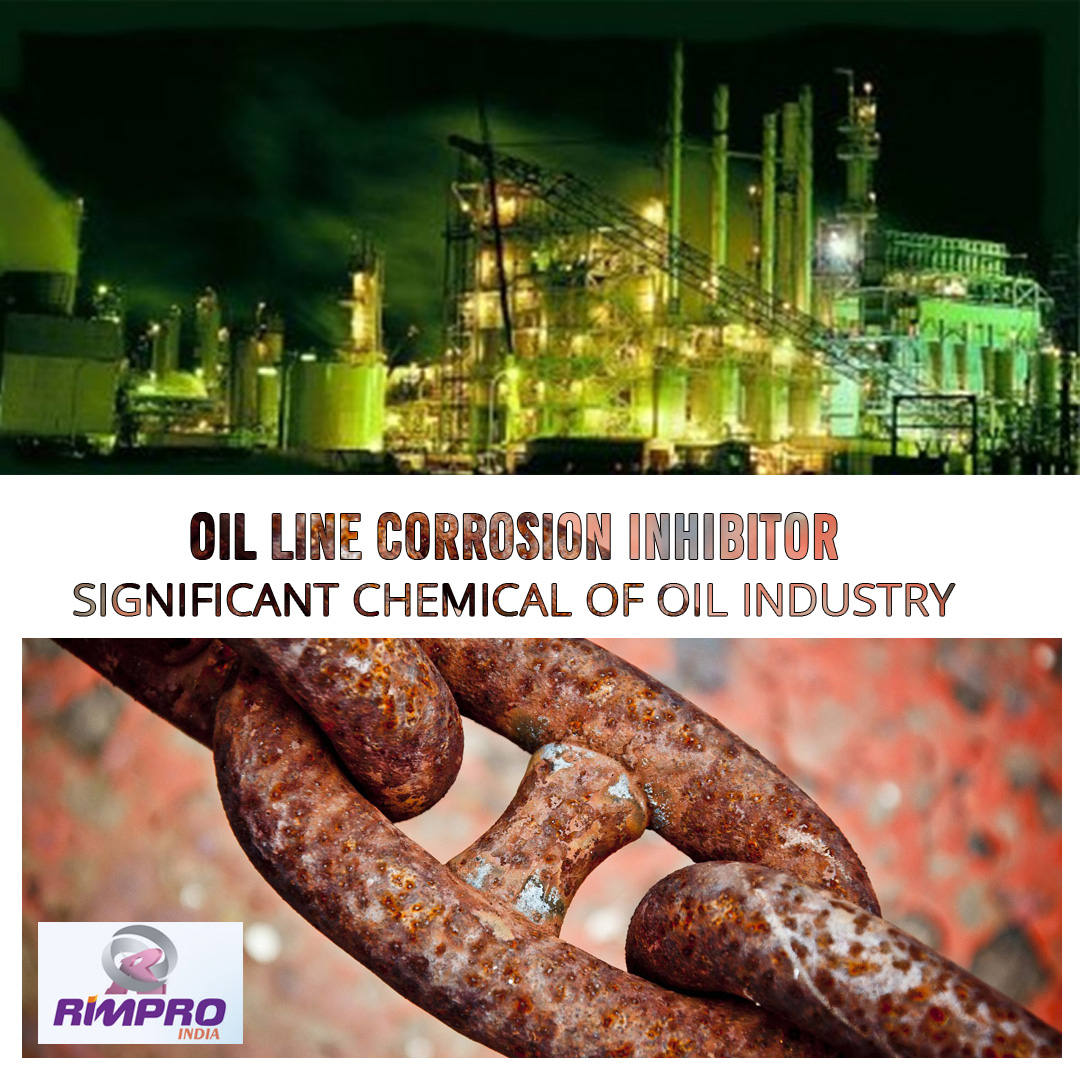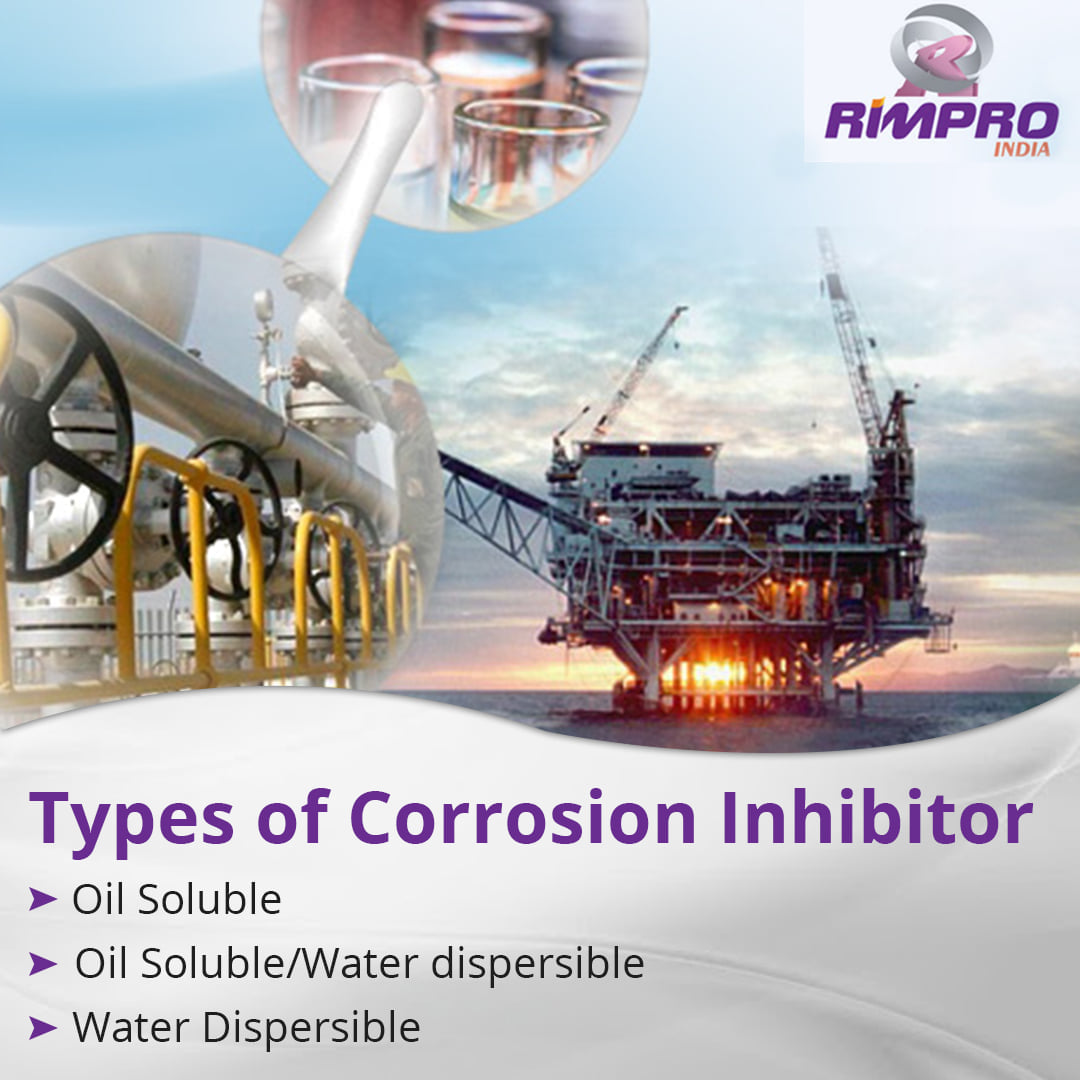 Menu
Menu
Things to Know About Oil Soluble Corrosion Inhibitor
Oil soluble corrosion inhibitors are a form of corrosion prevention which is added to oil-based systems in order to combat the corrosive effects of salts. They are most commonly found in antifreeze and other lubricant applications, but can also be used for a number of other applications. The process of making these emulsions is relatively simple, but is often cost-effective.
Use of Oil Soluble Corrosion Inhibitor
Oil soluble corrosion inhibitors are compounds that are added to wells to prevent corrosion. They include carboxylic acids, amides, salts and imidazolines. These compounds are added to oil wells in conventional treating processes. However, they are not always effective and have environmental impacts. In this study, we evaluated the effects of an oil soluble corrosion inhibitor on localized attack in an oil well. Using a simple test, we determined how much the inhibitor had affected localized attack. Our results showed that the presence of the inhibitor changed the appearance of the steel. Adding 10 ppm of inhibitor reduced surface roughness and reduced the amount of localized attack. We also observed that an increase in concentration of the inhibitor had a larger impact on localized attack than a decrease.
The increase in concentration did not, however, affect the length of the protective film. Although our findings show that a localized attack does not necessarily require the presence of an inhibitor, it still limits the corrosive attack on the electrolyte. On the other hand, an increase in the thickness of the electrochemical double layer does not have an effect on localized attack. Despite the fact that the amount of localized attack was decreased with the addition of an inhibitor, the surface of the X70 steel was not completely protected. This could have been due to imperfections in the surface or the formation of a corrosion products layer.
Water plays a vital role in the interactions of the inhibitor. When a solution of the inhibitor is introduced to the water phase, it forms an oil-in-water emulsion.

Maintenance Cost of Corrosion Inhibitors
Corrosion inhibitors are used to protect tanks, pipelines, compressors, and other surface equipment from the damaging effects of corrosion. They are necessary in order to prevent equipment failure and ensure the safety of your operations.
However, the cost of maintaining such an asset integrity program can be quite high. Therefore, oil and gas operators need to find better ways to control injection rates and treatment concentrations. There are a variety of laboratory methods to evaluate the specificity and function of oil-based corrosion inhibitors.
These include rotating cage, wheel, cylinder, and disc tests, as well as bubble and jet impingement. Several studies have been conducted to compare the effectiveness of these test methods. The most common method for ex-situ quantification of oil constituents and corrosion inhibitors is gas chromatography. It is also used for in-situ analysis of oil-based corrosion inhibitors. In addition, the paper spray mass spectrometry technique can be applied to in-situ analysis of corrosion inhibitors in oil. Flow-induced corrosion has also been considered in the evaluation of oil field corrosion inhibitors. This is because of the importance of the flow regime in influencing corrosion. In order to accurately estimate the performance of corrosion inhibitors in the field, an operator needs to have accurate chemical usage data.
Using this information, an operator can predict the level of corrosion inhibitor required to maintain equipment safety. By obtaining accurate data, an operator can ensure the safety of their operations and minimize the costs of maintaining an asset integrity program. Moreover, an operator can determine the proper volume of corrosion inhibitors by using a flow meter. This is especially helpful in processes that have variable flow rates.
Choosing Appropriate Inhibitor
Corrosion is a serious threat to oil and gas pipelines. From the time the pipelines are commissioned, corrosion can lead to failure. This has created a significant challenge for operators. However, with the right inhibitor, costs can be cut and equipment repair and maintenance downtime can be reduced. Corrosion inhibitors come in a wide variety of formulations. The choice of the best inhibitor should be made considering the environment, fluid flow regime, and materials that need protection.
In addition to a proper choice of inhibitor, an operator should also consider the most efficient means of injecting the inhibitor. Precise chemical injections are key to reducing costs across the oil and gas processes. The cost of corrosion inhibitors can be minimized by using advanced analytics and better ways to dial in treatment concentrations. For example, real-time flow meters can give the operators the data they need to know how much inhibitor is required for a particular process. Another way to ensure a proper dosage of corrosion inhibitors is to measure chemical residuals.
These compounds can be found in the downstream fluids, and are a great way to determine if a specific inhibitor is being used. Another effective measure of corrosion inhibition is to use protective coating. Film forming inhibitors can be applied downhole, at wellhead, or in a batch-treatment process. They are a type of corrosion-inhibitor that creates a protective molecular layer on the steel surface.
Aside from protecting materials, the right inhibitor can reduce downtime and minimize equipment repair and maintenance costs. Although the best method is a combination of preventative measures, stopping corrosion is not always possible. Using the wrong inhibitor can promote emulsion formation, foaming, and deposits. Therefore, choosing the most appropriate inhibitor is not a simple matter.

Microemulsions in Antifreeze
In oil and gas fields, corrosion inhibitors are applied to prevent corrosion of metals such as tubulars and equipment. These inhibitors can be water or oil-soluble. Microemulsions can be used to improve the dispersibility of these compounds. They are also used as additives in an antifreeze composition. The invention presents microemulsions containing an oil-soluble corrosion inhibitor.
This inhibitor can be a known substance or a new one. It may be an alkyl phosphate ester, fatty acid, oleyl, alkanolamide, or any other known corrosion inhibitor. Alternatively, it could be a surfactant, such as a thiophosphate ester. Several theories have been proposed regarding the formation of microemulsions. One of the most common theories is that the driving force for the formation of microemulsions is ultralow interfacial tension.
Applications of Oil Soluble Corrosion Inhibitors
There are many applications of oil soluble corrosion inhibitors. They are used in the marine industry, automobile industry, and more. It is important to keep the corrosion rate down because it is a major cause of expensive repairs. These inhibitors also help in preventing pipeline rusting.
The product is added to the lubricant oil. Oil field formation water contains positively protonated inhibitor molecules and chloride ions. These substances form a protective film on the carbon steel surface. This protection helps reduce the anodic dissolution of the carbon steel. Some of the commonly used corrosion inhibitors include quaternary ammonium compounds, benzyldimethylalkylammonium chlorides, and imidazolines. These compounds are injected into the pipeline at certain concentrations based on impurity levels.
Other applications of oil soluble corrosion inhibitors are in high and low flow crude oil pipelines. They are designed to offer excellent corrosion control under a variety of operating conditions.
The most common methods for preparing and applying an oil soluble corrosion inhibitor are batch treating, chemical injection, and continuous injection. Each method has its advantages and disadvantages. For example, a specialized treatment vehicle can apply large chemical dosages at long intervals. Another advantage of oil-soluble water dispersible corrosion inhibitor is that they can be batch treated with pigging operations.
An important consideration in the use of these inhibitors is that they are not always available in large quantities. Therefore, the production cost can be high. The most common inhibitors are modified fatty acid derivatives, benzyldimethylalkylammonium compounds, and condensation products of fatty acids with polyamines. In addition, there are also oxyalkylated sorbitan esters. A final product can consist of up to about 80 mol% of these esters.
